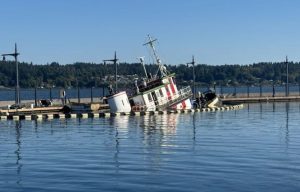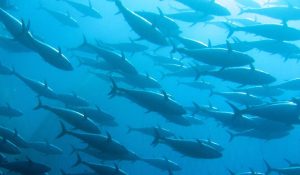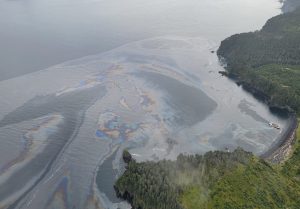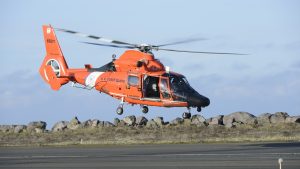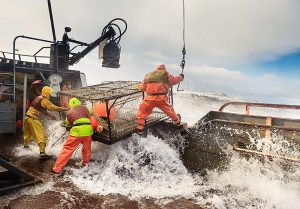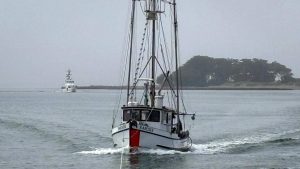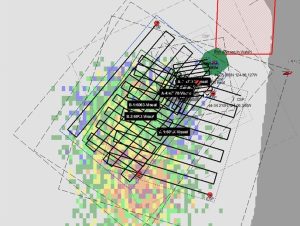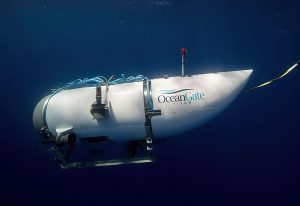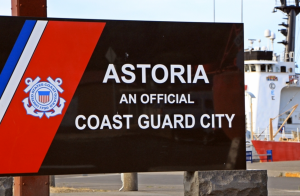Alaska Fisherman Dies Aboard Cod Vessel Near Aleutian Islands
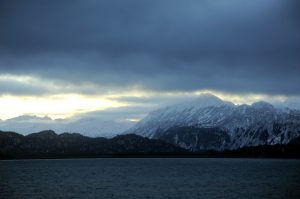 A 27-year-old commercial fisherman died on September 3rd, 2025, following a workplace accident aboard a fishing vessel operating in the Aleutian Islands.
A 27-year-old commercial fisherman died on September 3rd, 2025, following a workplace accident aboard a fishing vessel operating in the Aleutian Islands.
Alaska State Troopers identified the deceased fisherman as Baxter Cox. According to Alaska State Trooper spokesman Austin McDaniel, the fatal incident occurred at approximately 9:45 p.m. while Cox was working aboard the F/V HALCYON, a 58-foot commercial fishing vessel owned by Buck Laukitis.
The vessel was fishing for Pacific cod with pot gear approximately 20 miles north of Akutan Island when the incident occurred. It is reported that Cox was untangling rope attached to a steel cod pot when another piece of equipment struck him in the head, McDaniel stated. Cox reportedly died from his injuries as the vessel transited Unimak Pass, the narrow strait connecting the Bering Sea and Gulf of Alaska near Unalaska.
 Maritime Injury Law Blog
Maritime Injury Law Blog



